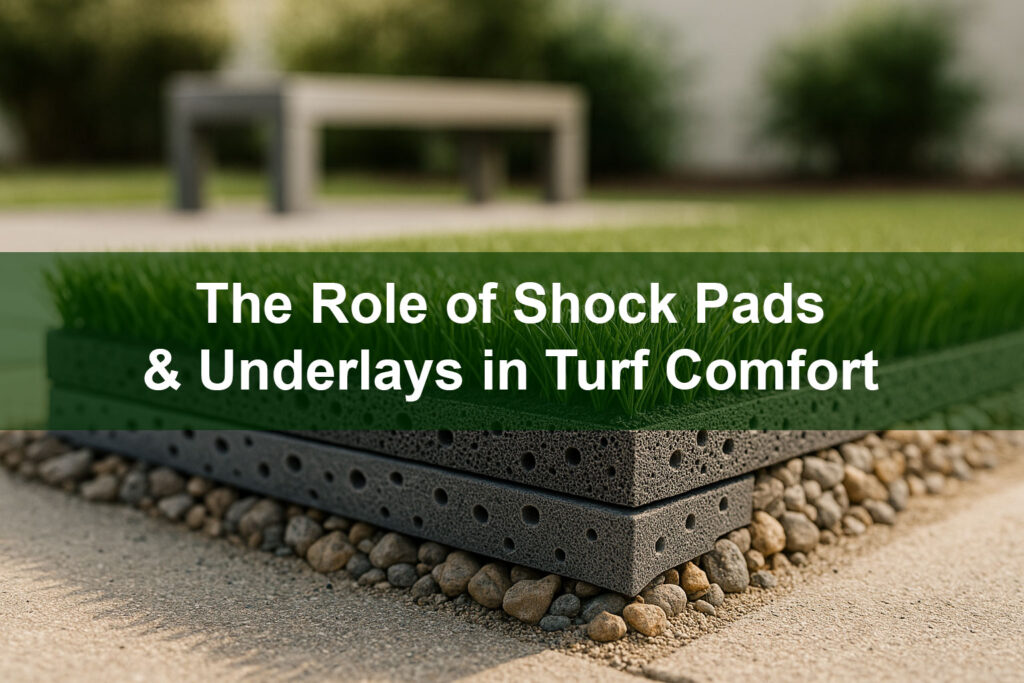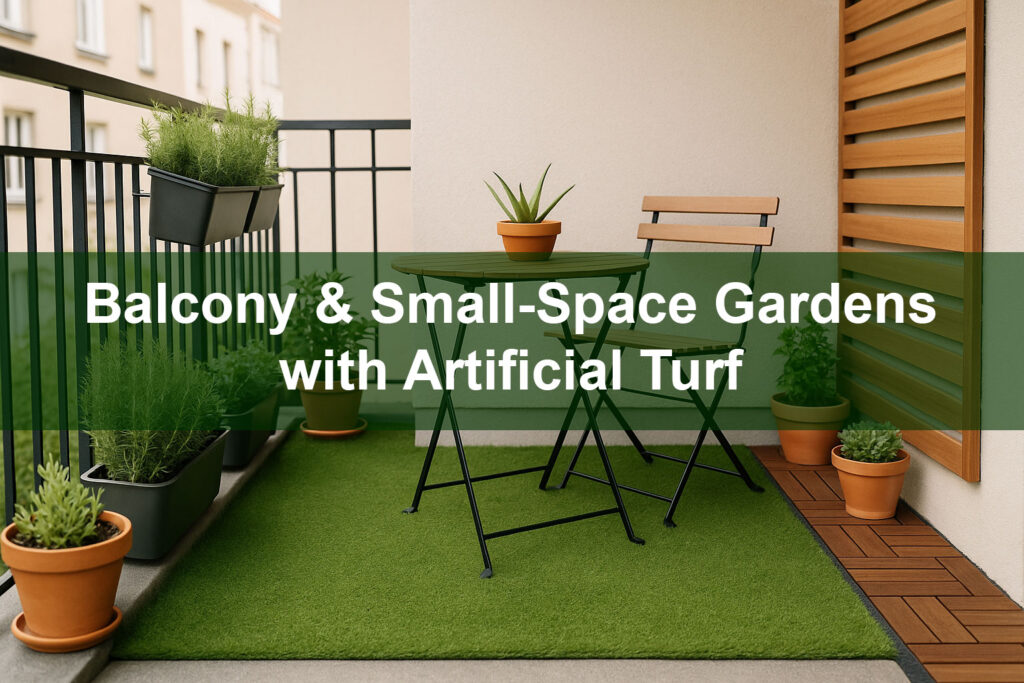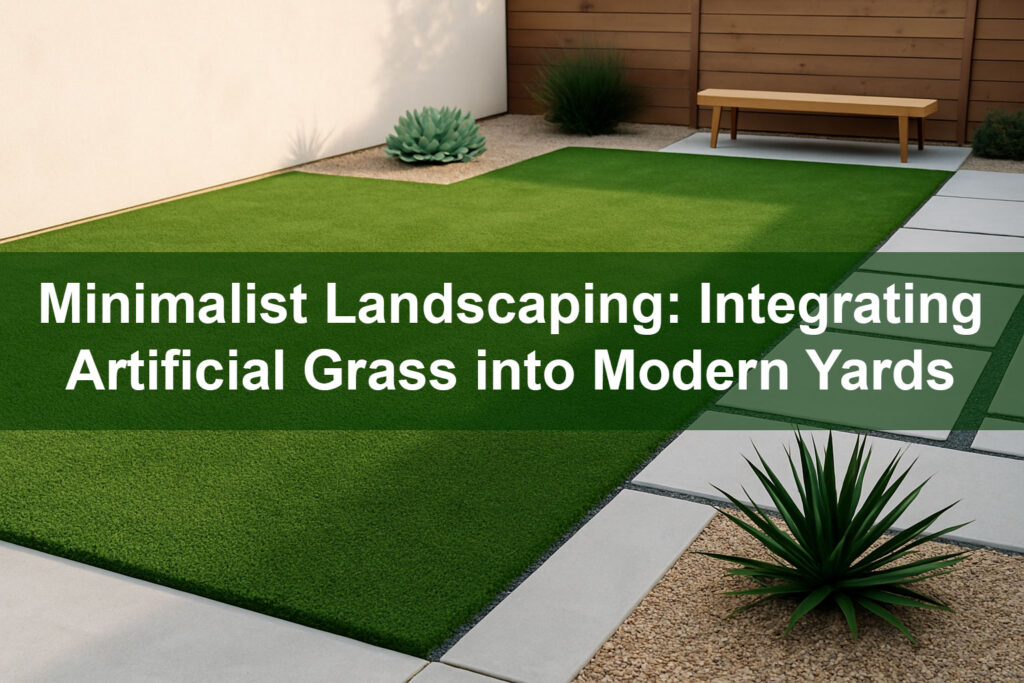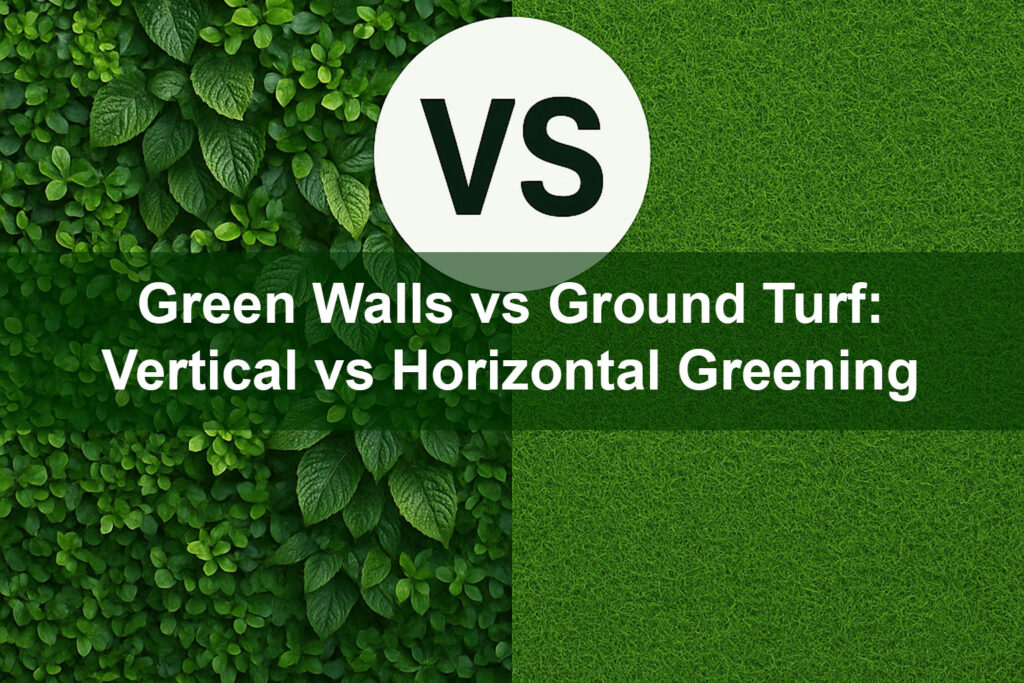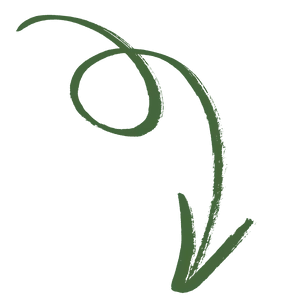Keeping a pristine synthetic lawn means more than avoiding bare patches — it also means preventing unwanted surface growth. Algae on artificial lawn and moss can form in shaded, damp, or poorly drained spots, leaving a slippery or discolored surface. This guide explains why algae and moss appear on synthetic turf, how to prevent them, and practical, safe cleaning and maintenance methods so your lawn looks fresh year-round.
What you’ll learn
- Common causes of algae and moss on artificial turf
- Design and installation steps to reduce risk
- Routine maintenance to keep turf clean and dry
- Safe cleaning methods for algae and moss removal
- When to call a professional
- Recommended products and eco-friendly options
1. Why algae and moss grow on synthetic turf
Although artificial turf does not provide nutrients like soil, algae and moss still find ways to colonize its surface. The primary factors that encourage growth are moisture, shade, organic debris, and limited airflow. Water that sits on the turf backing or in seams creates a hospitable micro-environment. Leaves, pollen, and soil blown onto the surface provide the organic material that algae and moss use as anchors. Slightly acidic conditions or nearby sources of spores (overhanging trees, neighboring lawns) will increase likelihood of colonization.
2. Design & installation practices that reduce algae and moss
Good design and careful installation dramatically lower the chance of algae or moss establishing on your artificial lawn:
- Ensure proper drainage: Grade the sub-base to encourage water flow away from the turf and use permeable aggregate bases. Turf products with backings that have ample drainage holes help water escape quickly.
- Minimize shade: Where possible, locate turf where it receives sunlight for part of the day. If shade is unavoidable, choose turf and installation systems designed for low-light areas and focus on extra maintenance.
- Control organic debris: Position trees and plantings so leaves and needles don’t constantly fall onto the turf. Use edging and screens to reduce blown-in soil.
- Seam & edge integrity: Tight seams and secure edges reduce pockets where water and debris accumulate and make cleaning easier.
3. Routine maintenance to prevent algae on artificial lawn
A regular maintenance regimen is the single most effective defense against algae and moss.
- Frequent debris removal: Sweep, leaf-blow, or use a plastic rake to remove leaves, branches, and accumulated organic matter weekly (or more often in fall).
- Dry the surface: After heavy rain or irrigation, use a squeegee or push-broom to encourage runoff, especially in low spots or seams.
- Brush the fibers: Periodic brushing keeps fibers upright and prevents matting, which improves airflow and speeds drying.
- Spot-inspect: Check shady corners, behind planters, and near fences for early signs of green discoloration or slippery patches.
- Control surrounding plantings: Trim overhanging branches and remove moss or algae sources from adjacent hardscapes and soils.
4. Safe cleaning methods for algae & moss removal
If algae or moss does appear, start with the gentlest methods and only escalate if necessary. Always test a small, inconspicuous area first.
- Mechanical removal: Use a stiff nylon brush or a plastic rake to loosen and lift surface growth. For small patches, this often removes the bulk of the problem.
- Rinse with water: A strong garden hose spray can dislodge residue and flush spores from the surface. Aim water along seams to clean the backing as well.
- Mild detergent solution: Mix a few ounces of mild, biodegradable dish soap in a gallon of water and apply with a pump sprayer. Agitate gently with a brush and rinse thoroughly. This is safe for most turf products and effective at removing biofilm.
- Vinegar solution (spot treat): For persistent small patches, a 50/50 white vinegar and water solution can help. Apply to the patch, let sit 10–15 minutes, scrub lightly, then rinse. Avoid over-use near sensitive plants because vinegar can affect soil pH.
- Commercial turf cleaners: There are enzyme- or oxygen-based cleaners formulated for synthetic turf and pet odors that also help remove organic deposits. Follow manufacturer instructions and ensure compatibility with your turf product.
- Avoid bleach & harsh acids: Do not use undiluted bleach, muriatic acid, or other harsh chemicals unless expressly supported by the turf manufacturer; these can degrade fibers, affect backing adhesives, and harm surrounding plants or finishes.
5. Eco-friendly & pet-safe options
Many homeowners prefer eco-friendly treatments. Enzyme cleaners break down organic residue enzymatically and are safe for pets and plants when used per instructions. Oxygen-based cleaners (powered by sodium percarbonate) can lift stains and sanitize without chlorine. If you choose vinegar or an enzyme product, always rinse well to remove residues and test on a small area first.
6. Dealing with recurring problems
If algae or moss keeps returning in the same spot, investigate the root cause:
- Poor drainage or low spots: These hold moisture and provide an ideal environment. Consider regrading, installing a better sub-base, or adding modular drainage panels under the turf.
- Constant shade: Permanent shade from structures or dense trees may require more frequent maintenance or replacement of surrounding plantings to increase airflow and light.
- Nearby sources: If adjacent areas are mossy or consistently wet (e.g., gutters, downspouts, neighboring soil), address those sources—redirect downspouts and remove moss in adjacent zones.
- Replace affected infill/backing: In severe cases where organic matter has settled into the infill or backing, professional deep-cleaning or partial replacement of the infill/backing may be necessary to remove the reservoir that feeds regrowth.
7. When to call a professional
Call a turf installer or maintenance professional if:
- The affected area is large or widespread.
- Cleaning attempts have not solved recurring growth.
- There are signs of backing damage, seam separation, or odor indicating trapped organic matter.
- You suspect the sub-base or drainage needs repair (regrading, replacement of base aggregate, or adding drainage panels).
Professionals can provide deep-cleaning, power-rinsing, infill replacement, and re-installation of seams or edging where needed.
8. Quick checklist to prevent algae on artificial lawn
- Remove leaves and organic debris weekly in high-risk seasons.
- Maintain airflow: trim overhangs and avoid tightly packed planters.
- Inspect drainage and correct low spots promptly.
- Brush fibers monthly to prevent matting.
- Use enzyme or oxygen-based cleaners for eco-friendly spot treatment.
- Rinse after cleaning to remove residues that could feed regrowth.
Resources & further reading
For general guidance on moss and algae prevention in gardens and hardscapes, see resources such as Better Homes & Gardens: Gardening & Landscape. For product-specific cleaning advice, consult your turf manufacturer’s maintenance recommendations to ensure compatibility with cleaning agents and techniques.
Conclusion
Algae and moss on artificial turf are usually preventable with the right combination of design, installation, and routine care. Prioritize drainage, keep debris away, maintain airflow and light, and use gentle cleaning methods when needed. When prevention and DIY cleaning aren’t enough, a professional turf service can diagnose underlying issues—often fixing the cause prevents repeated treatments and keeps your artificial lawn looking like new.
Need help keeping your turf spotless? Browse Buy-Grass maintenance products, enzyme cleaners, and professional cleaning services — visit Buy-Grass.


